25 August
My last post closed on a note of uncertainty, with both Ignacio and Eduardo having tested positive for Covid, necessitating a change from the team’s pre-planned itinerary. After consultation with the local bishop and priest, their hosts, and other interested parties, and a great deal of prayer, Fr. Miguel and the team had made the decision to skip the portion of the Camino that was to have gone through Nicaragua. But a question still remained as to how Fr. Miguel, who does not have to isolate, should spend the next two weeks.
Fr. Miguel has been disappointed to not be able to complete the entire 750 mile route. He has also been concerned to honor the commitment he made to his supporters. So today he decided to try to finish the Honduran portion of the route on his own.
Fr. Rito took Fr. Miguel by car to the entrance to Namasigüe, where the team ended the Sunday leg of their journey. From there, Fr. Miguel walked to the entrance of El Triunfo, Honduras, a distance of 24 kilometers or about 15 miles. From there, he took a bus into the town of El Triunfo, which is a fair distance off the main road. And, at the end of the day, he took a bus back to Choluteca to rejoin Eduardo and Ignacio.
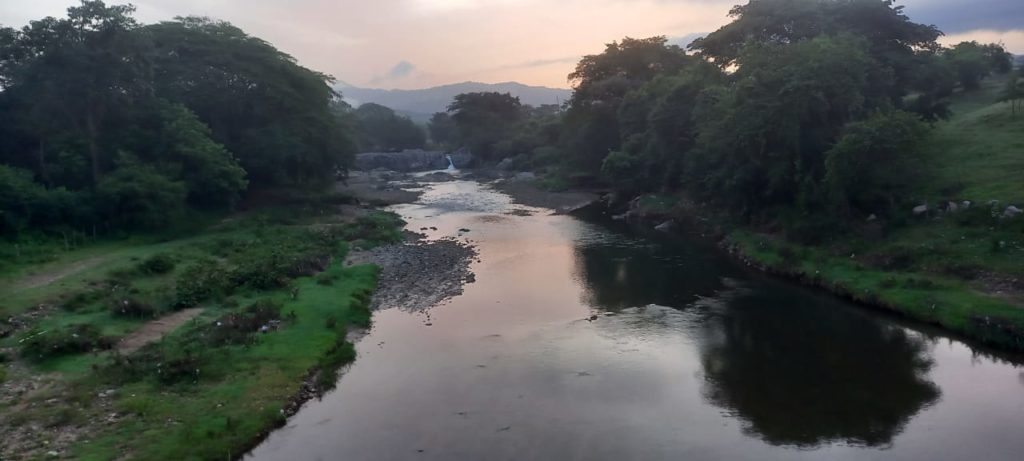
Fr. Miguel reported that he was really enjoying the walk after 3 days of rest.
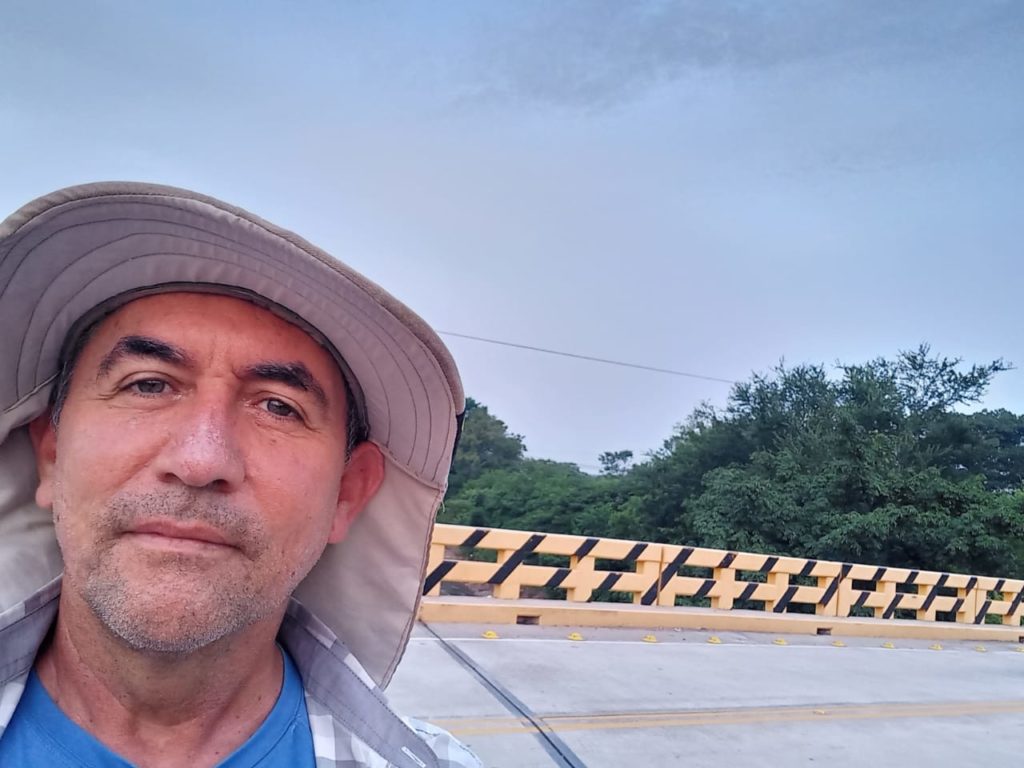
The weather was sunny and “hot but not too bad”. ☀️?
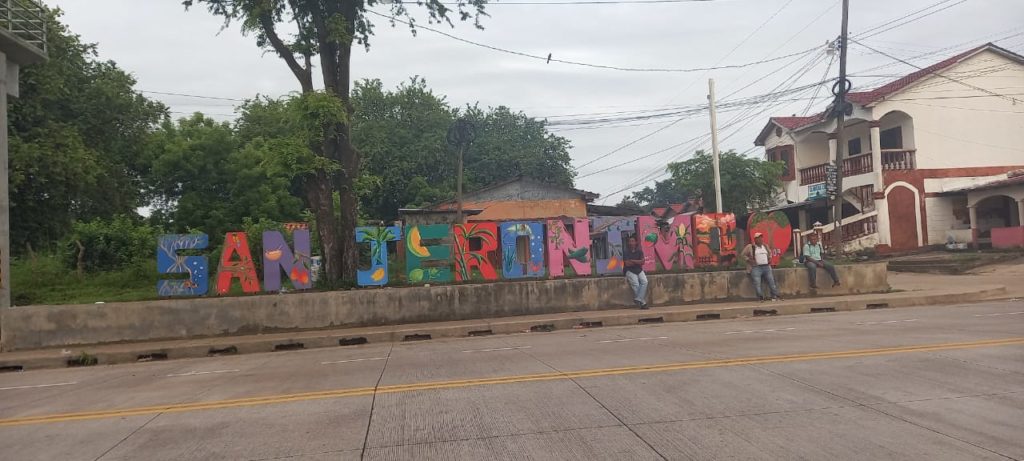
One of the first stops along the way was the small town of San Jeronimo, near Namasigüe.
San Jeronimo is a town of about 850 homes with a population of about 6,000. The typical house in San Jeronimo is made of adobe or cement block, with about 70% having a latrine. The community has a well water system that uses ground water and a pump. Education is available to local children from kindergarten through grade 9. Most of the residents of San Jeronimo work in agricultural day labor or as merchants.
I couldn’t find many pictures of San Jeronimo, but I did find this short video with drone footage of the area. I hope you’ll enjoy it:
Near San Jeronimo, outside of Namasigüe, is the Los Prados Photovoltaic Power Plant. This project was begun in 2016 by the Norwegian company, Scatec Solar, and has had a history of controversy since its inception. On the one hand, solar power is a sustainable energy source and is generally considered to be environmentally friendly. On the other hand, construction of the facility had a direct negative impact on the local environment and on the people who live in the area.
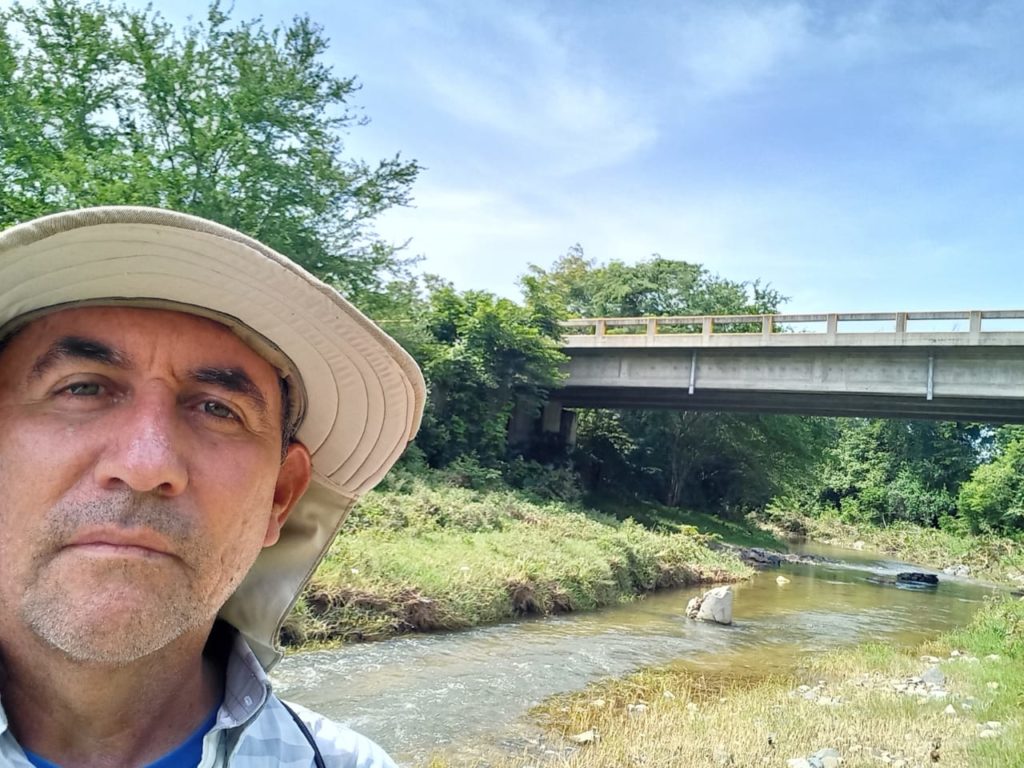
Local farmers were concerned about groundwater pollution and depletion, deforestation, soil contamination and erosion, and land dispossession.
There were street protests and marches, and eventually about 100 people set up a protest camp on the site. The conflict escalated and in late 2018 a protest leader was killed.
“Namasigüe” is derived from a Nahuatl word meaning “Women’s Water”.
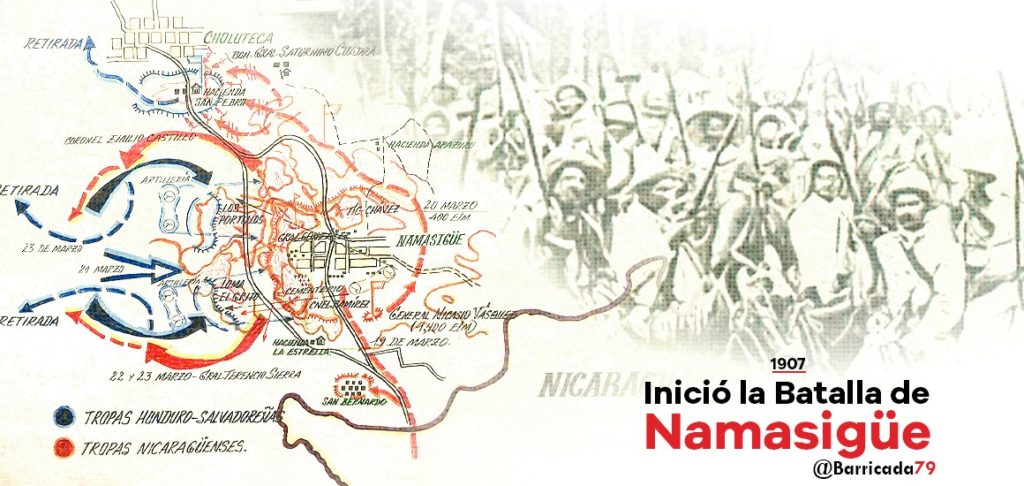
The countries around the Gulf of Fonseca, including El Salvador, Honduras, and Nicaragua, have a history of conflict with each other. The municipality of Namasigüe was the site of a famous battle in March 1907 that saw this portion of Honduras controlled for a brief time by Nicaragua.
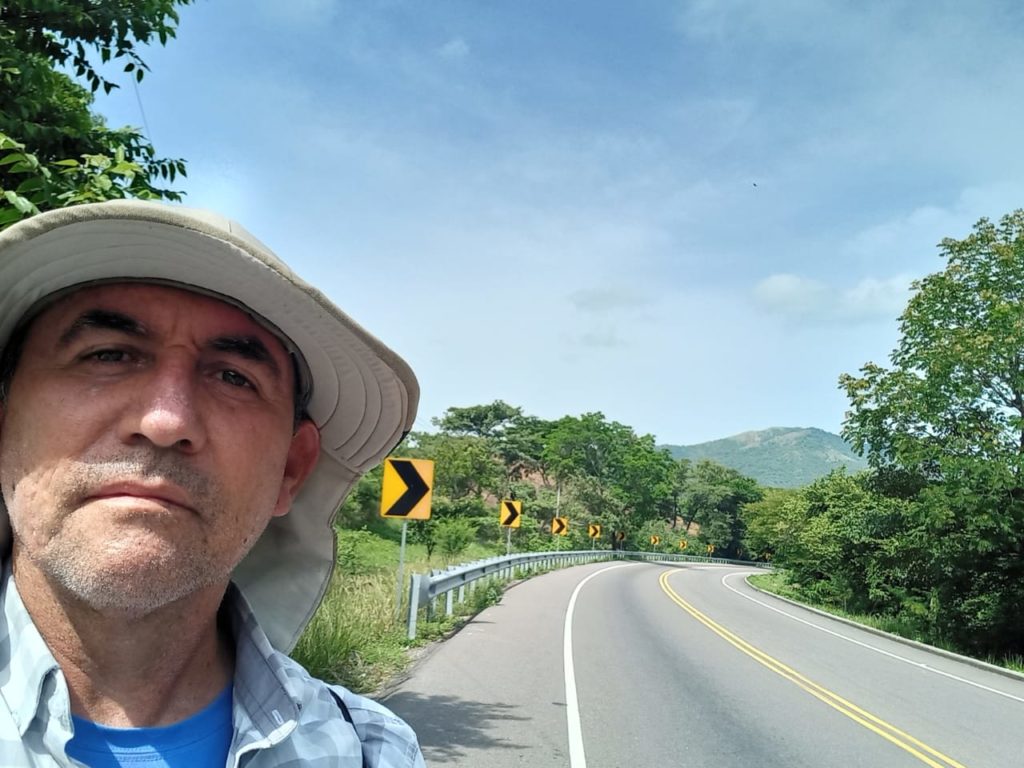
Today, this area is beautiful and peaceful.
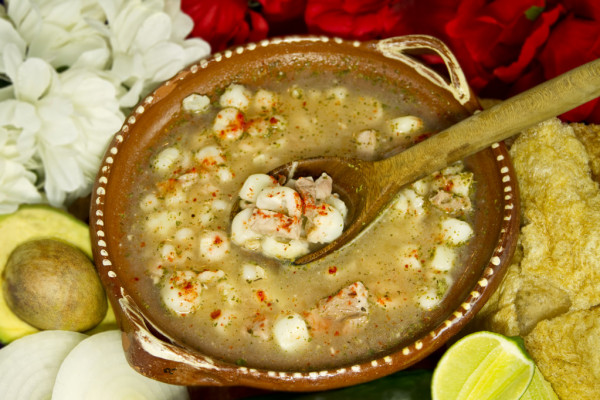
One article I found said that this part of Honduras is known for its delicious pozol. Generally, pozol, also known as posole, refers to a thick soup made from hominy, pork, corn, garlic, and chili. There are both green and red versions.
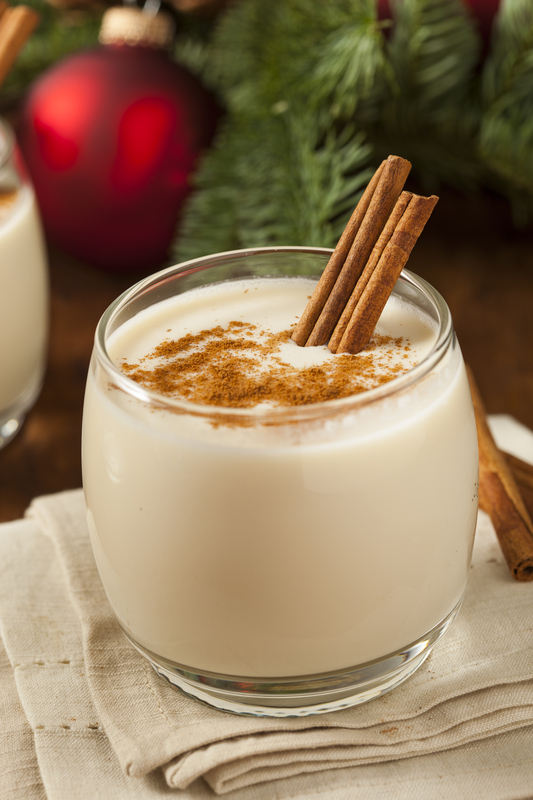
But sometimes pozol refers to a drink made of cornmeal, water, and sugar. I’m not sure which type of pozol is the one for which this region is known. But they both sound delicious, don’t they? ?
Along the way, there were some peaceful, quiet places to rest, including this small prayer center.
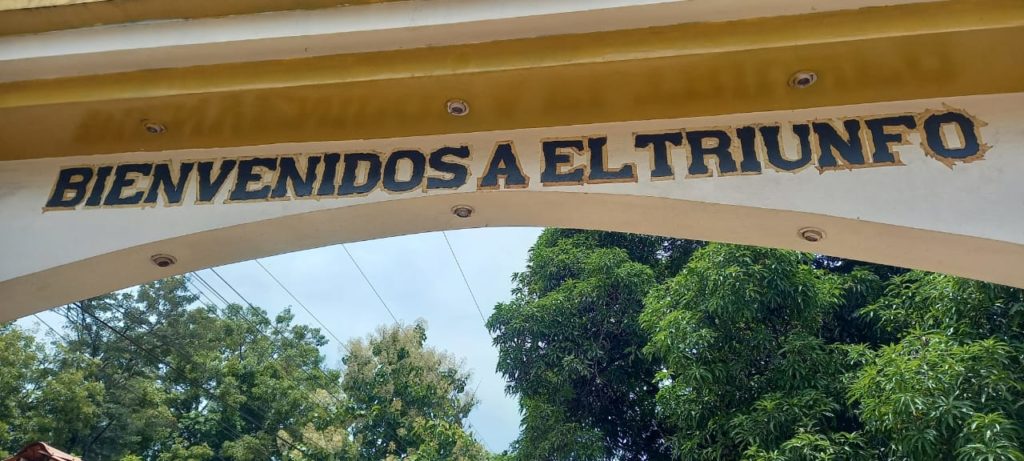
Before long, Fr. Miguel made it to the entrance to El Triunfo, a small city of about 10,000 residents close to the border with Nicaragua.
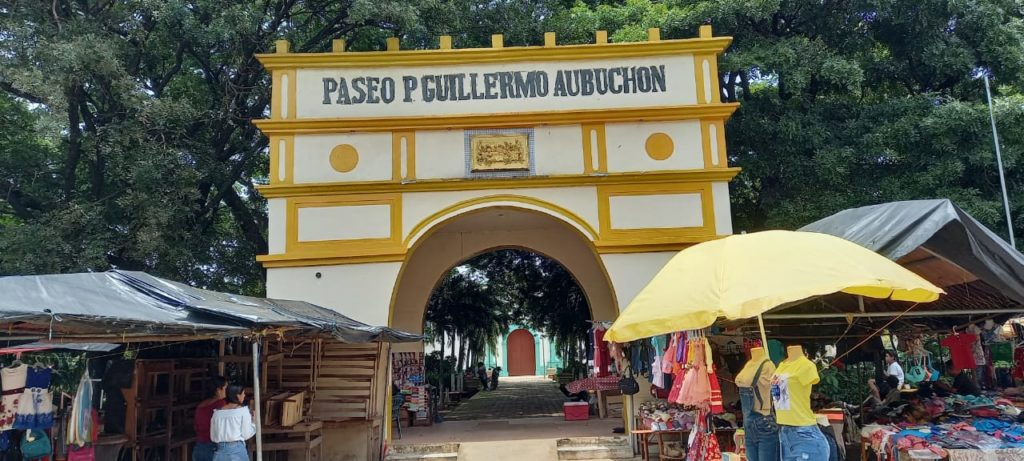
On one side of the Paseo P Guillermo Aubuchon is a park and the local church. On the other side is a market.
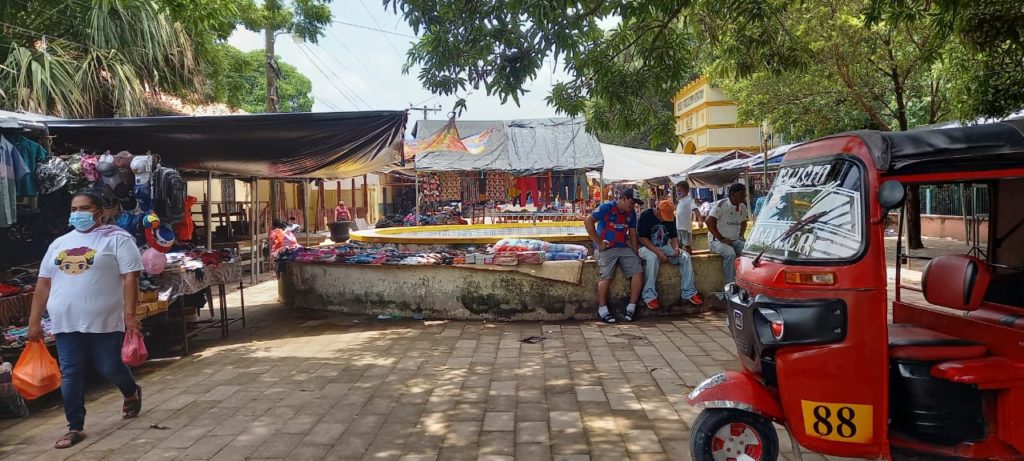
The market is busy and active.
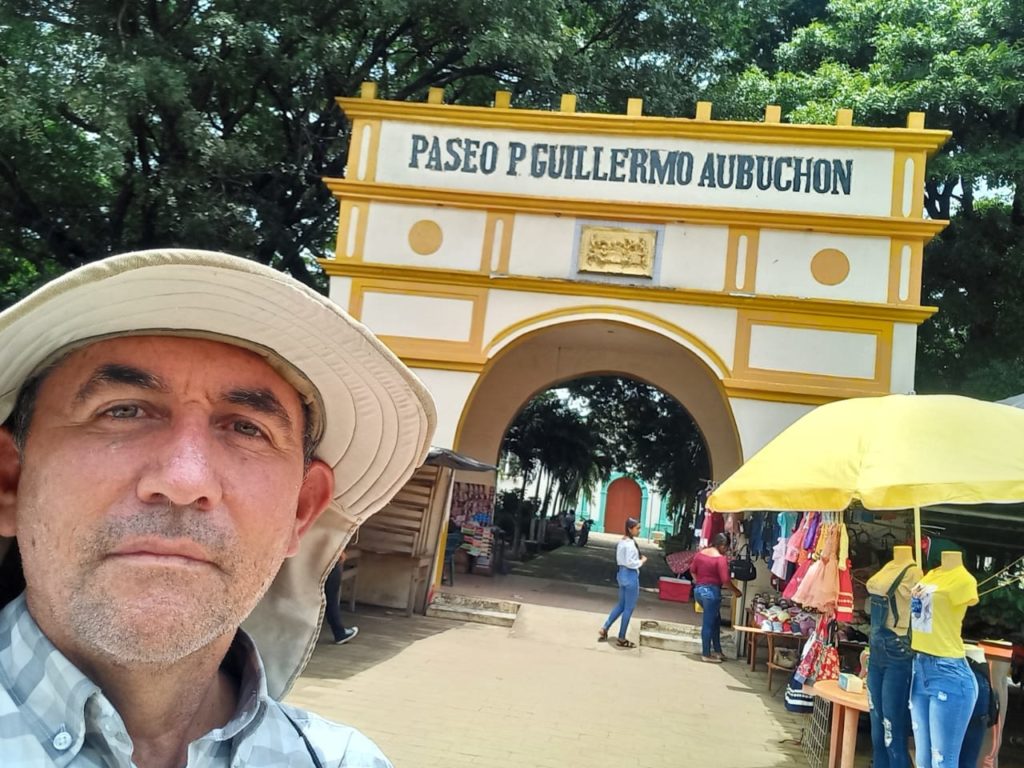
Fr. Miguel needed to decide what to see first…?
The park has areas for children to play and for their weary parents to rest.
Christ of Esquipulas is the local church.
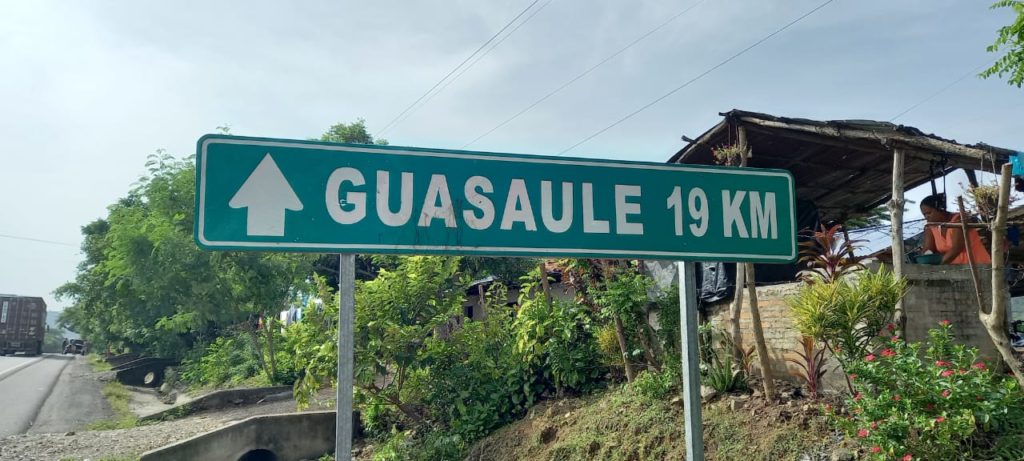
Just 19 km (about 12 miles) to Guasaule, the border station with Nicaragua. But that’s a walk for another day. Time to find the bus back to Choluteca…
Fr. Miguel is now more than half way to his destination of San José, Costa Rica. Although he won’t be able to walk through Nicaragua, he hopes to make up the difference by ministering in and around Choluteca over the next two weeks.
Fr. Miguel is doing all of this for the children of his hometown, Joya Honda, Guatemala. If you’d like to encourage him with a tax-deductible financial contribution to The Little Mountain School, please click the “Donate Now” button at the top of this page. $20 provides everything necessary to educate and feed a child for about a week. Every dollar counts! Thanks so much for all your support!
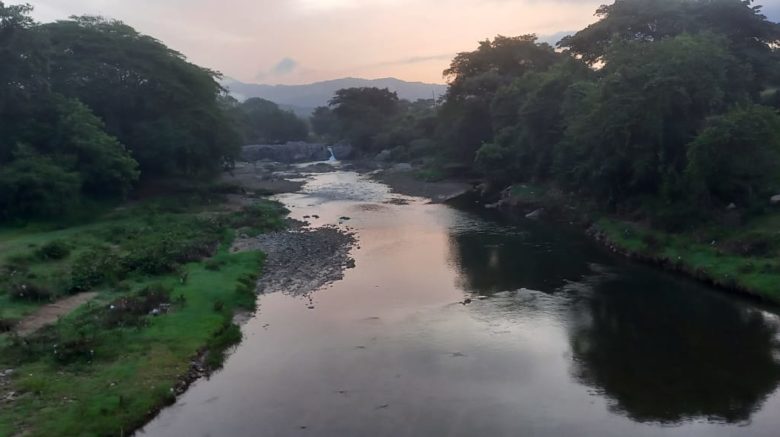
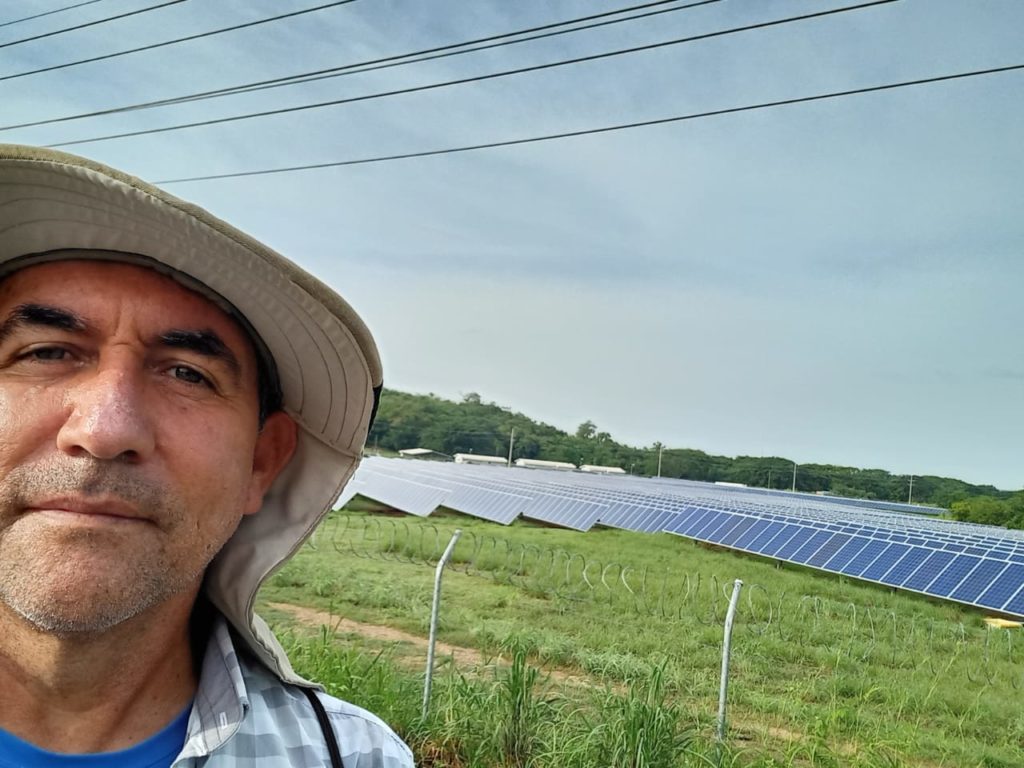
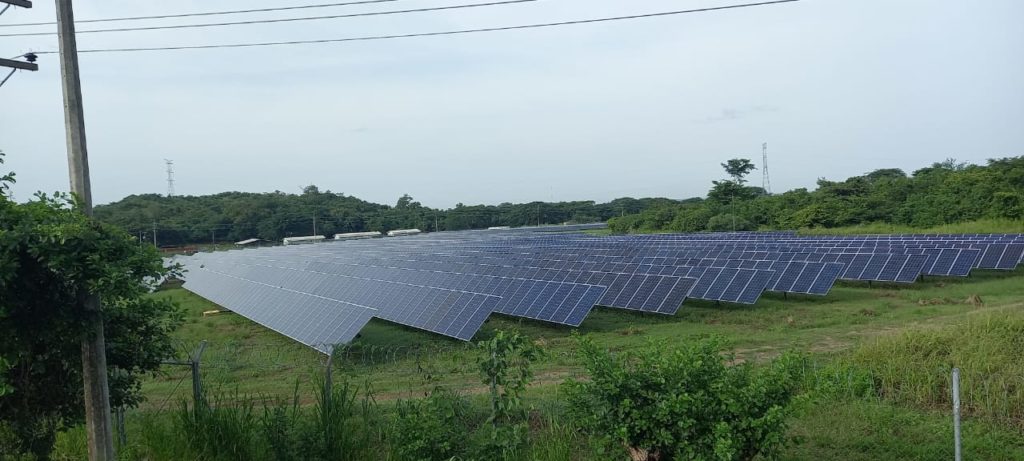
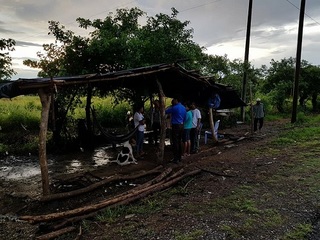
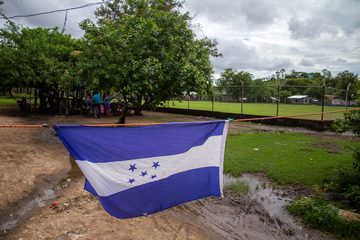
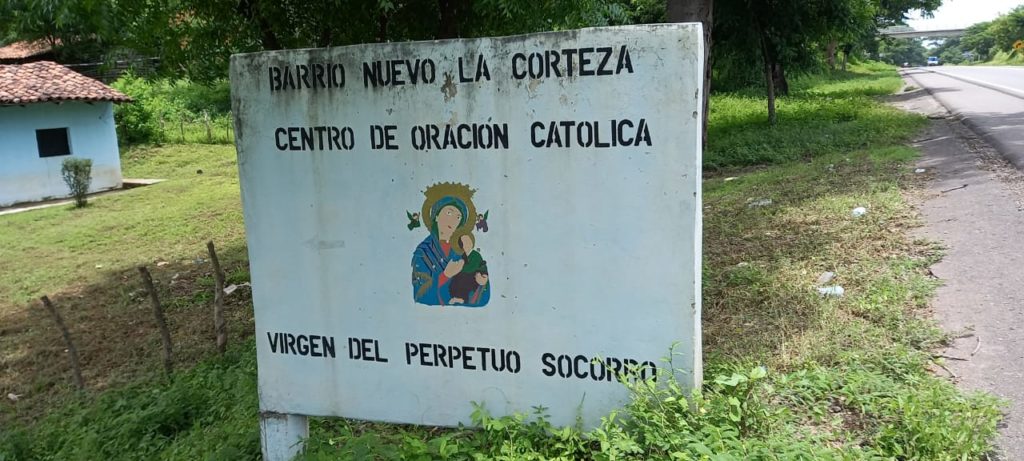
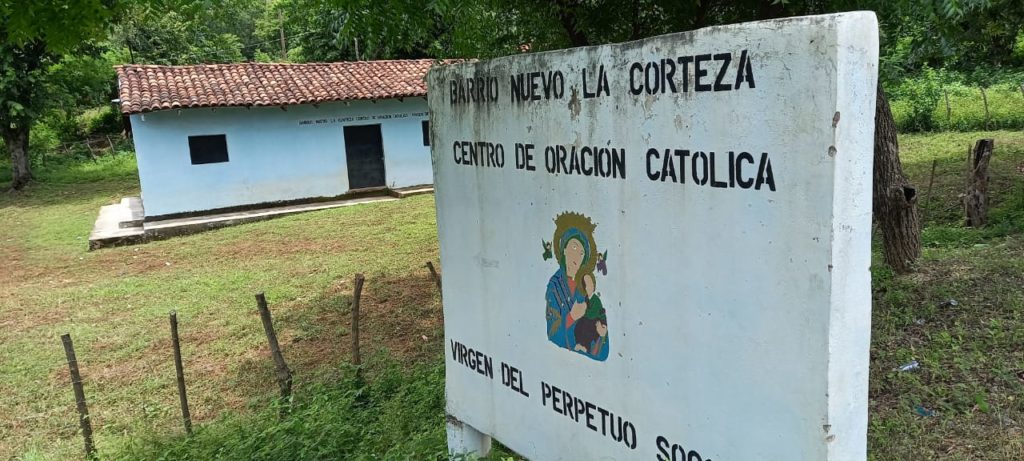
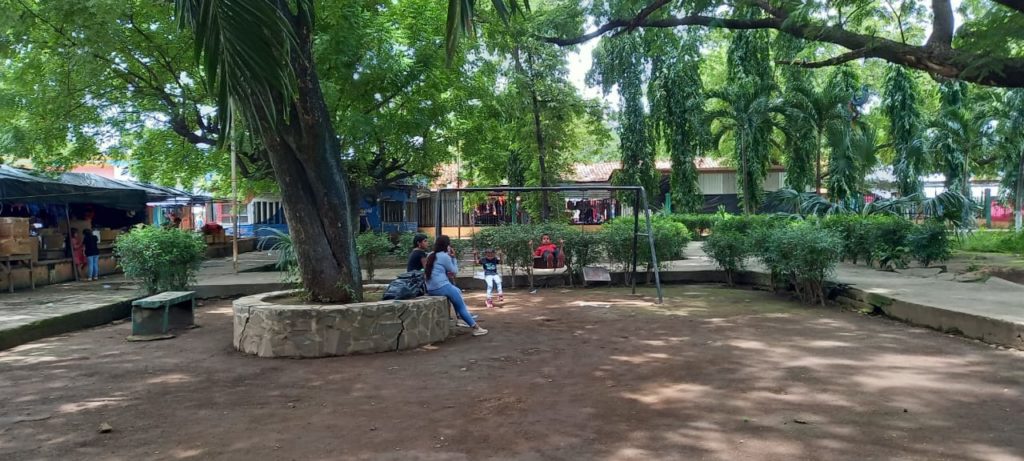
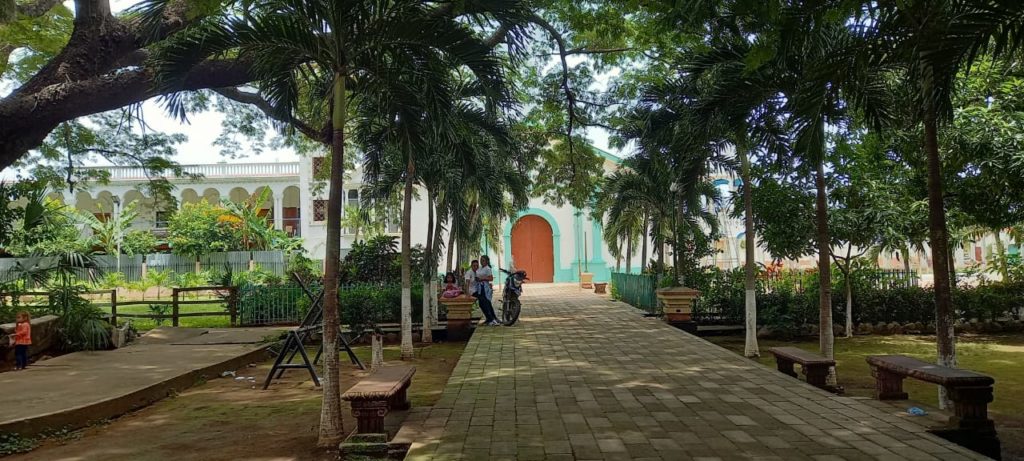

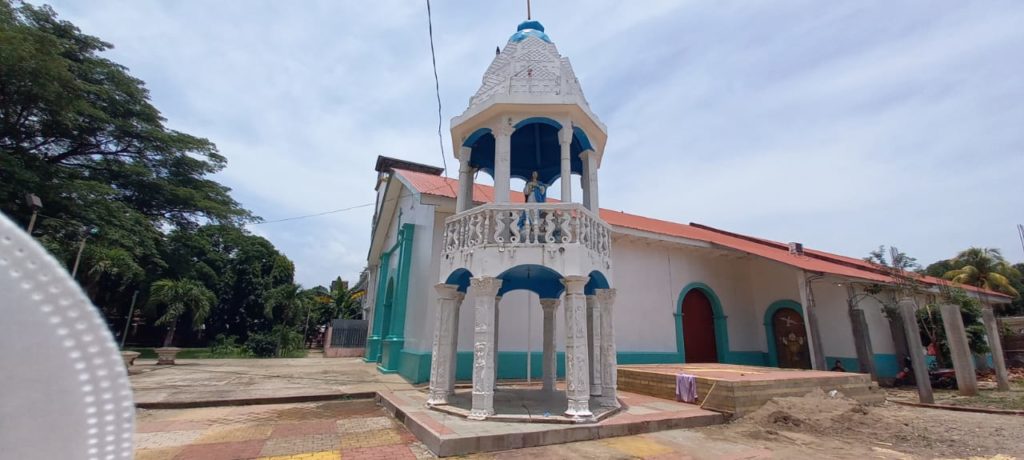
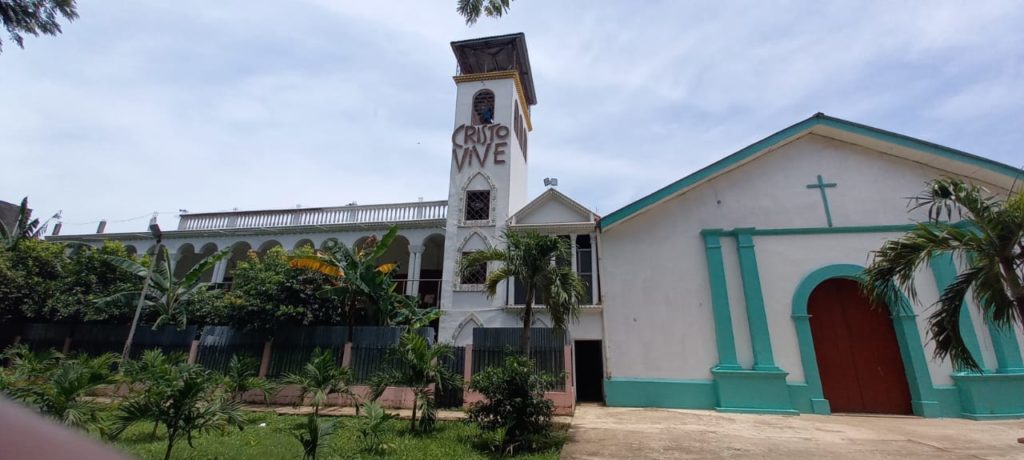
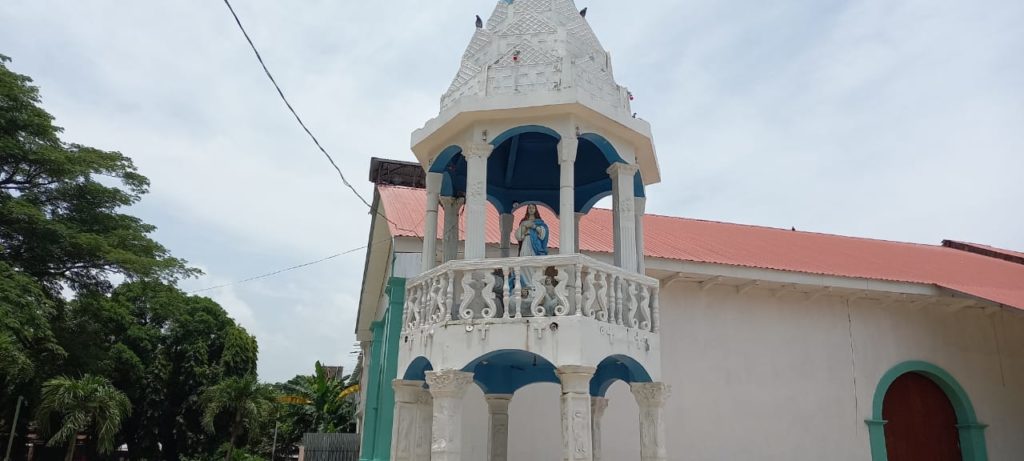
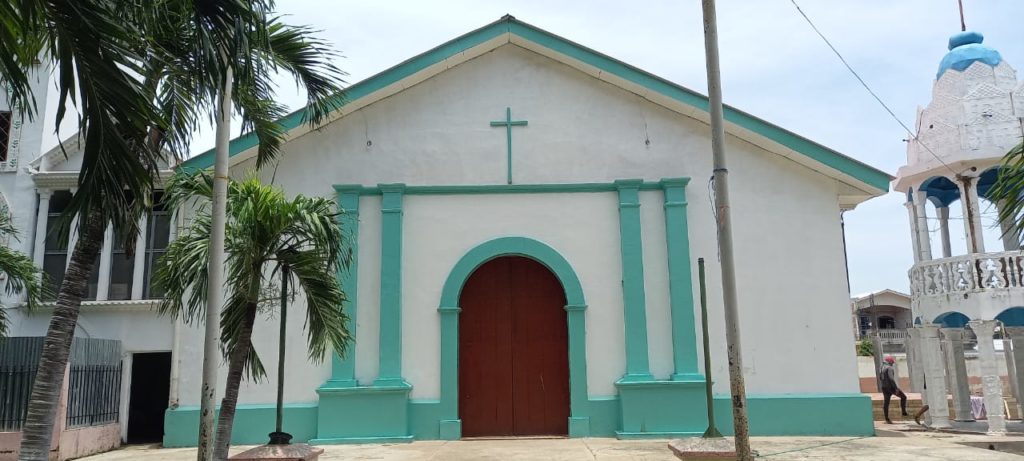
Wonderful journey. Thanks for keeping us up to date.